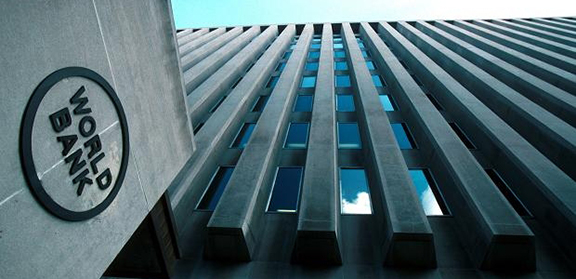
WASHINGTON (World Bank)””On April 27, the World Bank Board of Executive Directors approved a $30 million loan for the Power Sector Financial Recovery Program-for-Results (PforR) for Armenia.
This project will support the government’s efforts to maintain adequate and reliable electricity supply by improving the financial condition and governance of the state-owned power generation companies and the private power distribution company.
Throughout the last five years, the state-owned generation companies have been experiencing a shortage of cash to finance key expenditures, because of lending and spending for purposes not related to their core business of generating and supplying energy. This is how the Armenian Nuclear Power Plant (ANPP) and Yerevan Thermal Power Pant (YTPC) have accumulated large cash deficits amounting to $104 million which accounts to 80 percent of their total estimated revenues for 2015.
If the financial difficulties of the ANPP and YTPC are not overcome, it will have significant impact on their ability to maintain the current levels of generation with resulting negative consequences on the cost and adequacy of electricity supply in the country. In 2012-2014, those two plants accounted for 42 percent of total annual electricity generated for domestic needs. Inability of ANPP and YTPC to generate power at current levels could push up the average cost of electricity supply and possibly cause an electricity deficit.
“Improvement of the financial standing and governance of the state-owned power generation companies, and a better managed financial relationship with the private power distribution company is critical for maintaining adequate and reliable electricity supply at affordable tariffs, “ says Laura E. Bailey, World Bank Country Manager for Armenia. “The Government is committed to improving the financial governance of these companies, and has already undertaken a number of steps in that direction as reflected in the Program for Financial Recovery of the Power Sector.”